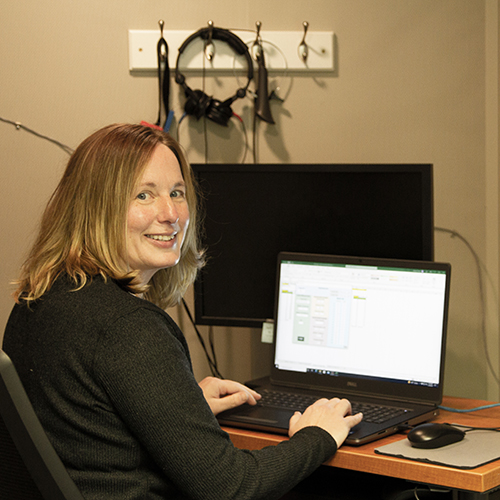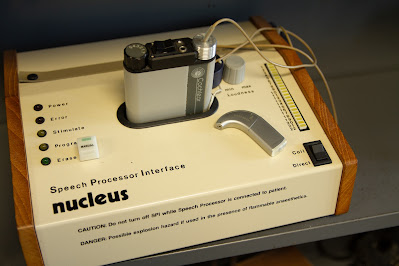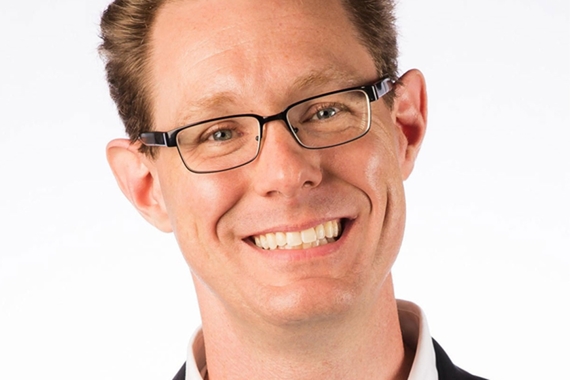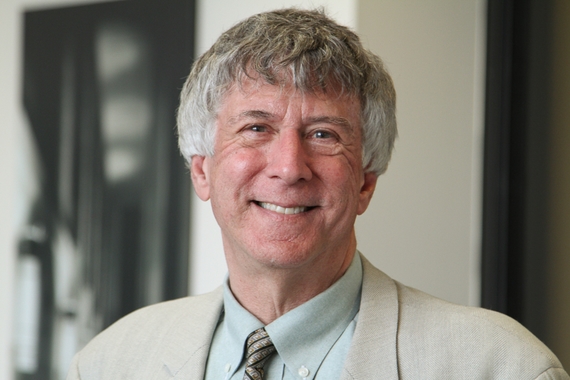Psychology Staff Recognition – Spotlight on Heather Kreft
The Psychology Staff Recognition Committee is highlighting our amazing staff by sharing some insights into the work they do that might not be visible to all. Do you have a staff person in mind for recognition? Please submit their name here.

Heather Kreft, who earned an MA in audiology at the University of Iowa, is the heart of the Auditory Perception and Cognition Laboratory (APC Lab) in the Department of Psychology. She works as a scientist in the lab and manages the day-to-day lab operations. Heather collects and analyzes data, writes lab protocols and manuscripts for scientific journals, provides undergraduate lab orientations, orders supplies, manages research subject payroll, handles study regulations and modifications (IRB processes) – in short, Heather is the go-to person on Elliott Hall’s 6th floor where the APC lab is housed.
In January 2000, her employment in the Otolaryngology Department in the University’s Medical School began. Heather worked in the Fairview audiology clinic and in Professor David Nelson’s Clinical Psychoacoustics Laboratory (CPAL), located in the Phillips-Wangensteen Building. After one and a half years, she committed to 100% research.

In 2005 Andrew Oxenham joined the Psychology faculty and became Co-PI of the otolaryngology lab that conducted cochlear implant research. When Nelson retired in 2011, Oxenham became the lab’s director. In 2016 when the new M Health Fairview Clinic and Surgery Center on Fulton was opened and Oxenham obtained Neil Viemeister’s Elliott Hall lab space due to retirement, Heather and the CPAL moved from the Phillips-Wangensteen Building to Elliott Hall. Research participants visiting the APC lab in Elliott frequently comment about the incredible view of the UMN campus and Mississippi River from the lab's space.
In addition to the lab PIs (primary investigators), Oxenham and Wojtczak, the lab currently includes four post-doc/research associates, four PhD students, and five undergraduate students. Among the many different research projects currently underway in the lab, Heather is focused on collecting data for two projects:
- Auditory enhancement using a simultaneous masking paradigm in young normal hearing, age-matched normal hearing, and hearing-impaired subjects. This phenomenon aids in the detection of novel environmental auditory events, as well as establishing the perceptual constancy of sounds under varying acoustic conditions.
- Frequency resolution of cochlear implant users using different stimulation schemes by comparison of spatial tuning curves collected via direct stimulation and via Bluetooth in cochlear-implant users. Frequency resolution in cochlear implant users is very poor compared to normal-hearing listeners, so this study is looking to understand if different stimulation schemes may improve this discrepancy.
Both of these projects aim to improve outcomes for people with hearing impairment. For Heather, any research publication is a triumph. Her own publication list is a result of her dedicated contribution to auditory research for more than 20 years. Additionally, whenever Heather is able to collaborate with students on research and publications, she feels proud to be able to contribute to their success.
The wide variety of tasks - with no two days being the same for Heather - is why she enjoys her job so much. The other main reason is the research participants themselves. Most cochlear implant research data is collected within a subject base of about 75 implant users. Over the years, Heather has developed a close relationship with a core group of 25-30 people who regularly come for tests.
“The reason I really like my job is, some of the research participants I have known for many, many years, and these cochlear-implant users have the desire to help people in the future by contributing to our research.”
Apart from work, her two active teenage boys with big interests in sports keep her busy. Heather also likes to hike and be in nature.
Heather shared a “work hack” that is especially important in an auditory lab: If something isn't working, check all cable connections first.
With regard to one of Heather’s “life hacks,” she shared her strategy to effectively squeeze a citrus fruit:
Cut the fruit in half, and cut a “cross” into the open part of the fruit. Place in the juicer and squeeze. The cross-cut makes the citrus almost flip inside out and maximizes the amount of juice one gets.
Thank you, Heather, for all you do!
The APC Lab in Elliott Hall has a collection of auditory artifacts as Heather proudly points out. Click the images to enlarge.





